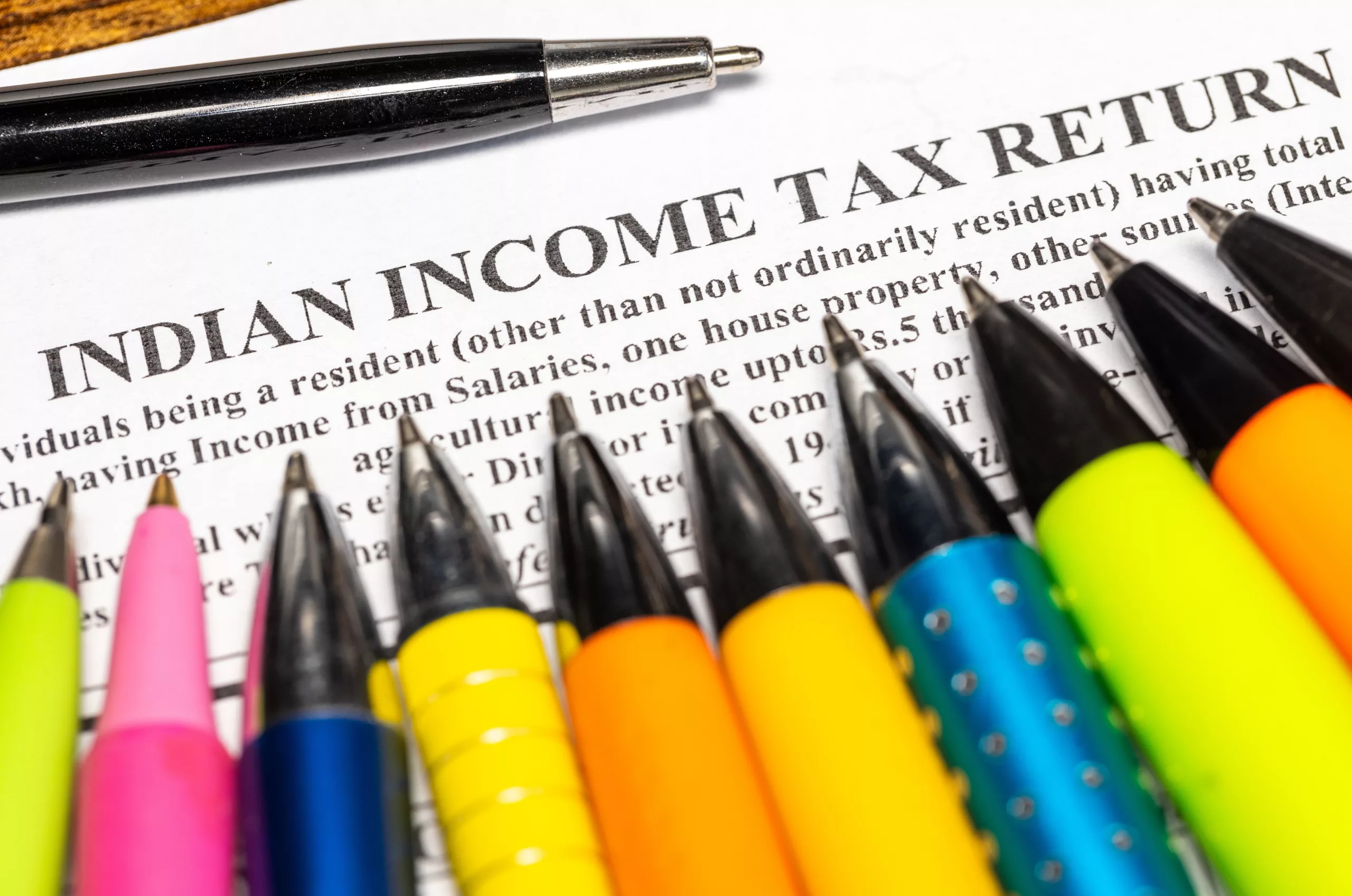Credit card usage: How much is too much?

Credit card usage in India spiked in 2022. The dry spell of the pandemic was over, and people were spending more. As per MoneyControl.com, India saw its highest-ever credit card spending: 1.13 lakh crore rupees. Is this number a cause for concern?
Credit card debt increased by Rs 515 billion, according to an India Today finding. India is traditionally wary of credit cards because of debt traps. However, the young generation of Gen-Z and Millennials are open to credit card usage. Without the knowledge of personal finance, there is a tendency to exceed the credit card limit.
Credit card limit overuse can negatively affect CIBIL scores. It can affect the creditworthiness of an individual. It is, therefore, necessary to understand how much is too much when it comes to credit card usage in India.
Are credit cards worth it?
If credit card users are so prone to debt, should they get credit cards? Credit bills tend to accumulate and may lead to a debt trap. The repayment history of your credit card affects your credit score. It is prudent to repay credit card bills on time so that your credit history is intact.
So, are credit cards worth it? Let’s first take a look at the benefits of buying a credit card:
Welcome gifts and reward system
All new credit card users receive welcome gifts. You receive reward points on spending a specific amount after credit card activation. The best part about credit card payments is the exciting reward system. It allows you to redeem points and get discounts and cashback. For instance, credit card users can save more on flight tickets and dining out.
Improved Security
Credit cards have better security against fraud. The grace or buffer period of credit cards gives you better safety. If someone steals your debit card, they can immediately access the money in your bank account.
In the case of credit cards, you can notify the bank or NBFC about fraudulent transactions. They will stop access to the credit card.
Improved credit score
Disciplined credit card utilization is the easiest way to improve credit scores. Debit card use does not appear on credit reports and thus cannot help you build credit. Additionally, employers often run a background check on your credit history before employing you.
Convenience
Credit cards are universally accepted. For instance, you can use credit cards for hotels or rental cars. Hotels and car rental companies prefer credit card transactions. They can charge customers for any property damage. Moreover, most foreign companies prefer credit card transactions. You cannot always carry cash, and UPI exists only in India.
Insurance
Credit cards also have insurance or protection plans. For instance, many companies offer travel insurance or an extension of product warranties with credit cards.
The lure of rewards is exciting for new credit card users. It helps them save more and maintain a healthy credit score. Besides, credit cards are more secure and convenient than debit cards. Your expenses are easier to track on credit cards. The problem then does not lie with using credit cards. It becomes a problem when you violate credit card usage guidelines.
How to responsibly spend your credit limit
Credit card usage depends on your credit card limit. The credit card limit is also responsible for your credit card utilization ratio (CUR) and affects your credit scores. Ideally, you pay your credit card bills on time. However, a small credit card debt does affect your credit scores too much.
Credit card limit: what is it?
The credit card limit varies with lending institutions. The lender sets the limit by estimating your spending habits and income. The general rule is to spend 30% of your credit card limit.
For example, if your credit card limit is Rs 1,00,000, you can afford a credit card expense of approximately Rs 30,000 to Rs 35,000. Exceeding this range will affect your credit scores negatively.
Cutting your expenses to fit your credit card limit can help you spend responsibly. You can also ask for an extension of your credit limit. However, extending the credit limit depends solely on the credit card company.
Cash limit and credit card limit
The cash limit on a credit card tells you how much cash you can withdraw with it. It is a part of your credit limit. What does this mean? Let’s use an example:
Consider your credit limit is Rs 1,00,000, and your cash limit is Rs 50,000. Your total credit limit will still be Rs 1,00,000, not Rs 1,50,000. The cash limit of Rs 50,000 is a part of your credit limit, not an addition to it.
Credit Utilization Ratio (CUR)
The credit utilization ratio is the ratio between your credit card limit and your credit balance. It indicates how much you owe vendors versus how much credit was allotted to you by your bank.
A high credit utilization ratio means you have a lower credit score. It usually occurs when you spend more than your credit limit or overuse it. It implies that the borrower is credit hungry.
When you overutilize your credit limit, your CUR goes up. For instance, if your credit limit is 1 lakh and you spend Rs 90,000, your CUR is 90%.
The CUR also depends on the number of credit cards one owns. Let’s say you own two credit cards with a limit of Rs 10,000 each. You spend Rs 2,000 on each card. The CUR is calculated by summing up your total expenses and dividing it by the total credit limit.
In this case, your CUR is:
(4000/20000) * 100 = 20%
Credit cards are worth it if you know how to use them
You’re not afraid of using credit cards. You don’t want to violate the credit card usage guidelines. The problem is a lack of financial discipline.
Credit cards are instruments that instill financial discipline. You avail of its benefits if you limit your usage to 30% and pay your bills timely. Understanding the credit limit and credit utilization ratio also helps improve spending habits.







